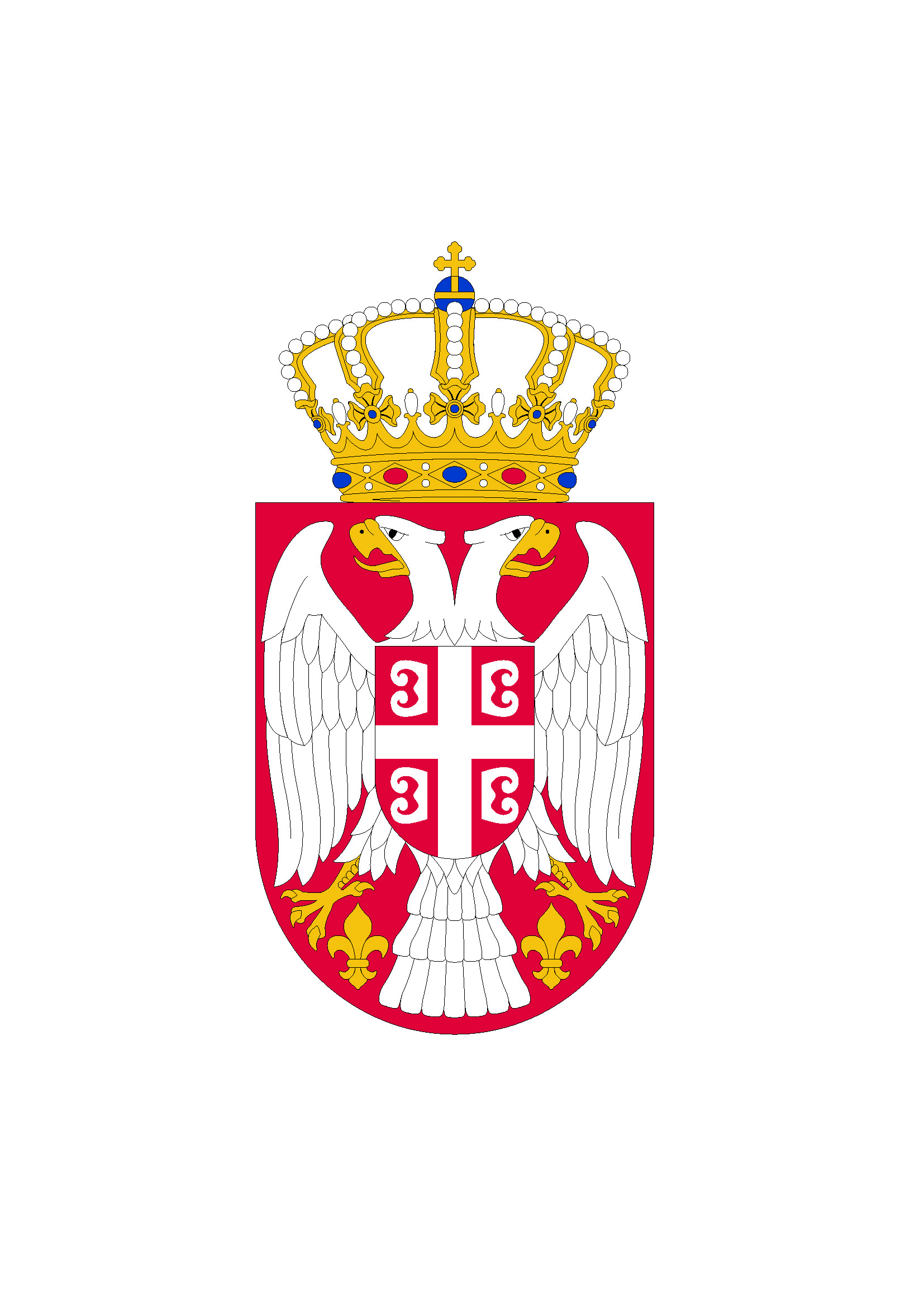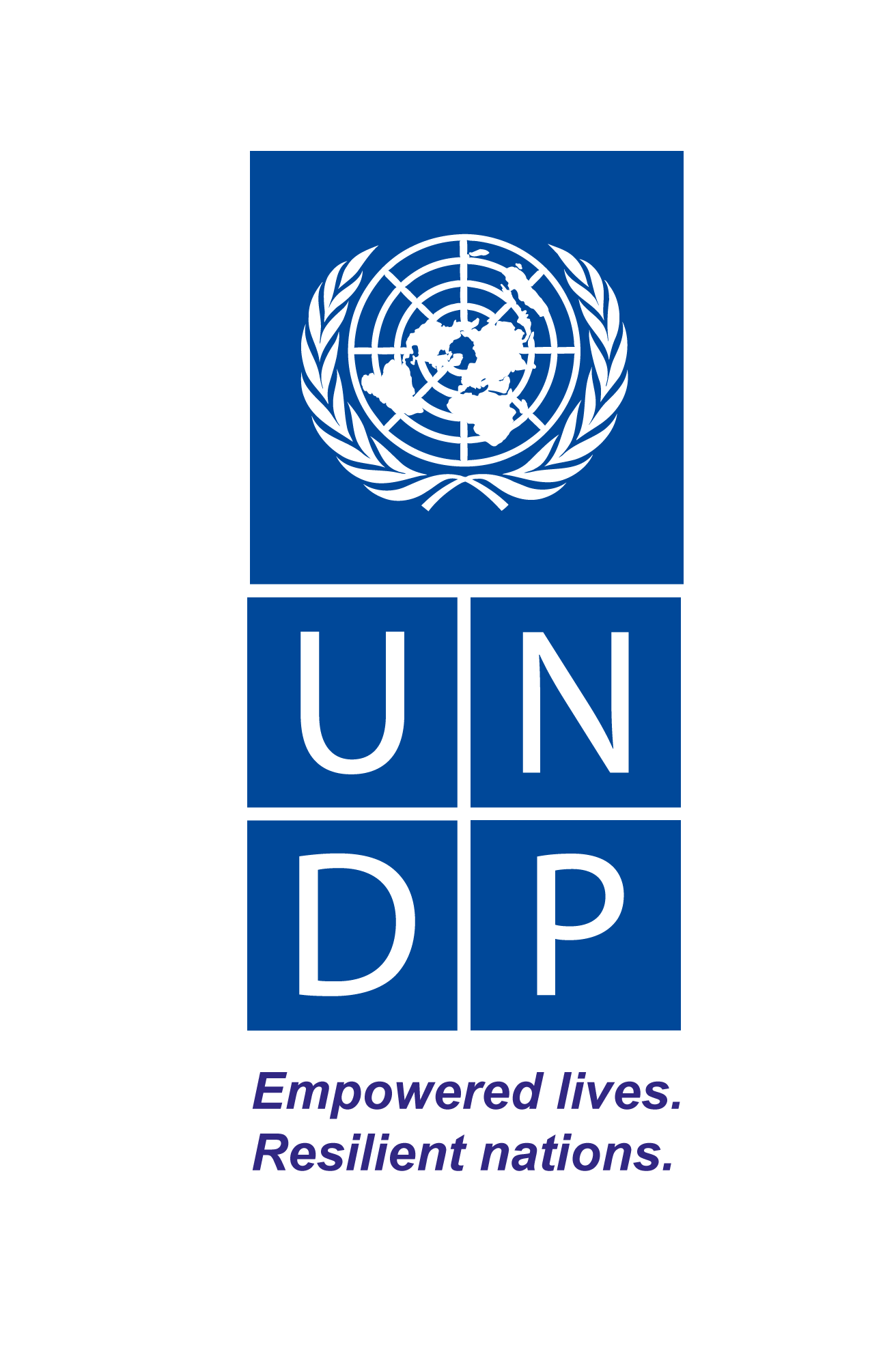Project
INTRODUCTION AND RATIONALE
Landslides are amongst the most dangerous natural threats to human lives and property, especially in times of dramatic climate change effects on one hand, and urban sprawl and land consumption on the other. Usual landslide triggers are floods and high-yield rainfall, which was the case in the catastrophic cyclone Tamara episode that stroke Serbia and surrounding countries in May 2014. At the time, disastrous effects were closely followed by media and public and handled by responsible state services, such as Civil Protection offices, and volunteers, but little has been done after the waters retreated and landslides settled, especially regarding landslide analysis and mitigation. Landslide reports (in analogue form) greatly understated the realistic number of landslides (concentrating more on urgent/acute cases), while report quality standard and consistency was uneven (because they were collected by different institutions, depending on the acute needs), so resulting inventories remain incomplete and far from standardized. In this respect, it is essential to produce unified large-scale inventories of May 2014 event and beyond, and use them for the state-of-the-art hazard analysis, potentially leading to development of early-warning system prototype. It is the only way to actually learn from catastrophes, i.e. to prepare better, react quicker, assess more efficiently and more accurately in the future. Overall aim of BEWARE project is therefore to standardize post-event landslide database and closely involve local community of 27 municipalities affected by May 2014 events in Serbia, and prepare them to cope with catastrophic events in the future. This will lead to more secure, better prepared and more resilient communities in western, central and eastern Serbia, which seem to be the most fragile parts of our country in climate changing conditions.
MAIN PROJECT OBJECTIVES
can be structured as follows:
- Enhancing municipal capacities/Civil Protection offices in 27 municipalities in Serbia with necessary equipment for effective landslide event reporting.
- Building capacities among the regional/local authorities/Civil Protection staff for landslide event reporting
- BEWARE (GIS) web portal as a platform for interactive landslide event reporting, and unifying landslide data records.
- Improving land use planning documents of each municipality – SWOT analysis of each municipality for justifying landslide hazard, vulnerability and risk analysis
- Identifying critical sites for landslide rehabilitation
- Improvement of governmental agencies practice in building/updating national landslide database from BEWARE itself, but also form general crowd sourcing approach




